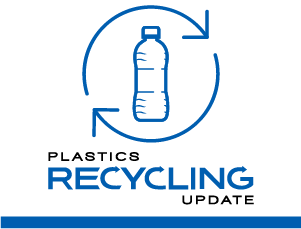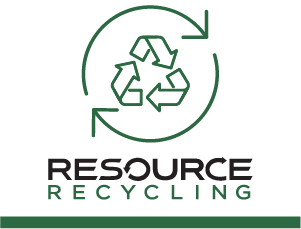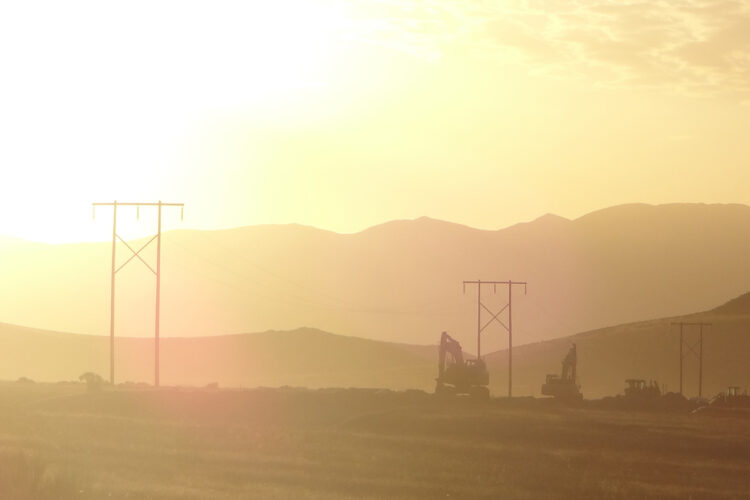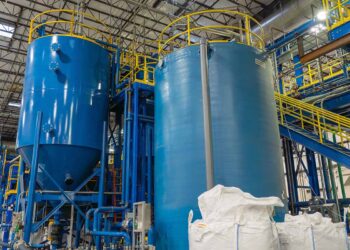The US Department of Energy is redefining its approach to industrial investment through a revised agreement with Lithium Americas Corporation, the Canada- and Nevada-based developer of the Thacker Pass lithium project.
Under the new structure, the US Department of Energy’s (DOE) Loan Programs Office (LPO) will hold equity warrants equal to 5% of Lithium Americas Corporation (LAC) and another 5% of the LAC/General Motors joint venture. General Motors holds a 38% stake in the Thacker Pass joint venture through a $625 million investment, securing offtake rights that allow it to purchase a significant portion of lithium production to support its electric vehicle supply chain.
The arrangement, which includes more than $100 million in additional project-level equity contributed by private stakeholders as part of the revised collateral package, combines traditional lending with partial ownership and represents a notable evolution in how the federal government supports domestic production of strategic materials.
The warrants do not give DOE immediate ownership but rather the right to acquire equity at a set price in the future, allowing the agency to share in potential upside while limiting taxpayer risk if the project underperforms.
Thacker Pass is projected to produce about 40,000 metric tons/year of battery-grade lithium carbonate once operational, becoming the country’s only major source of the material. With the United States currently accounting for less than 1% of global lithium output, the project is viewed as a critical step in strengthening domestic supply chains for batteries and energy storage.
The stakes are important, as evidenced by GM’s investment, because lithium is a lightweight metal used primarily in rechargeable batteries that power electric vehicles, smartphones and energy storage systems. Its electrochemical properties allow batteries to hold high energy density while remaining compact and durable, making it essential to the clean energy and digital economies. As global demand for electric mobility and renewable power expands, access to reliable, low-cost lithium supply has become a strategic priority for both manufacturers and governments.
The DOE’s use of warrants and equity positions is part of a broader effort to apply private-market principles to public-sector finance. These instruments, last seen in the department’s 2010 support for Tesla, are intended to limit taxpayer exposure while allowing government participation in project value creation. Secretary of Energy Chris Wright emphasized that the restructuring reflects an intent to balance fiscal prudence with strategic industrial goals.
The inclusion of equity warrants in a federal loan structure is not new, but the scale and visibility of this transaction indicate a renewed effort to blend public and private capital tools in strategic industries. The additional private equity and collateral contributions, rather than new DOE equity, reinforce the project’s capitalization and reduce repayment risk.
The federal approach to industrial investment has also expanded beyond energy. Initiatives under the CHIPS and Science Act and the Defense Production Act have supported semiconductor, battery, and critical-minerals capacity through varied funding channels.
Comparable programs have benefited companies such as Intel and MP Materials, though the mechanisms, oversight agencies, and funding structures differ, ranging from grants and tax incentives to loans and strategic contracts. These examples collectively illustrate how Washington is deploying multiple forms of public capital to strengthen industrial and supply-chain resilience, though they should not be interpreted as direct DOE equity analogs.
A broader implication in this announcement is that the federal government appears to be prepared to share in project risk to accelerate private participation. By doing so, DOE effectively lowers perceived investment risk for large-scale resource and infrastructure projects that might otherwise have struggled to attract financing.
Implications for recycling, ITAD and materials recovery
The policy development extends beyond primary extraction. While the DOE announcement focused on lithium extraction, its structure has indirect implications for recycling, IT asset disposition (ITAD) and circular-materials recovery, sectors increasingly viewed as complementary sources of critical minerals and feedstock for energy-transition supply chains.
This evolution reinforces the economic relevance of recovered metals and components. Rather than being treated as waste-stream byproducts, materials such as copper, nickel, lithium and rare earths are now recognized as feedstock for national resource security. The DOE’s participation in upstream lithium production magnifies the growing interdependence between end-of-life electronics recovery and critical-minerals processing.
At the investment level, large recyclers and material-recovery firms could attract renewed investor attention as institutional and infrastructure capital increasingly recognizes the operational and strategic overlap between recycling and resource extraction.
The Thacker Pass restructuring may serve as a reference model for future DOE and LPO projects that combine environmental infrastructure with strategic-materials development. As similar arrangements emerge, the distinction between mining, recycling and ITAD will continue to narrow, creating a single, integrated materials-management ecosystem.
For those involved in the circular-materials value chain, staying prepared and demonstrating responsible management and transparency will be increasingly important. As federal frameworks evolve, meaningful collaboration and trust will pave the way for future opportunities in circular and critical-materials projects.

























